Happy 2022!
Check out my previous blog post on mindfulness activities for children. Remember that we need to teach these strategies when children are calm and provide lots of opportunities for practice. Eventually children will be able to practice mindfulness themselves when they are upset. What a valuable skill for life-long self-regulation - and for a calmer classroom in the meantime! Here are four more mindfulness activities to help you to cultivate calmness in your classroom or home life. Please share your own as well - let's support one another as we strive for a better 2022!
Add these four mindfulness activities to your repertoire, and please share your favorites with us.
We at ECS are wishing you a happy, healthy, and calmer 2022!
0 Comments
I hope these quotes will inspire you to use mindfulness to take care of yourself as well. Try focusing your attention on your breath, your body, or your surroundings. Or use awareness as you do an activity you find relaxing, such as walking or jogging; dancing or listening to music; journaling, drawing, or painting; sewing, baking or gardening. You may also want to focus your mind on positive thoughts, like the people and the things you are grateful for and the things you've been able to accomplish. When the stress of the holidays - or life in general - gets you down, try a few mindfulness practices. Perhaps, as they did for me today, they will help you feel a little calmer.
All of us at ECS are wishing you peace and happiness this holiday season! Mindfulness activities help build children's capacity for self-regulation. If you teach these activities when children are calm and provide lots of opportunities for practice, children may be able to do some of them when they are upset. They'll need lots of help, especially at first: You can model the activity (not just once or twice, but many times), then provide prompts or cues (little reminders to use the activities). Eventually your children may be able to use mindfulness activities independently. A bonus is that you'll have fewer tantrums and meltdowns to handle. Incorporate some of these mindfulness activities into your program or home life. You'll be teaching a valuable life skill - and helping to create calmness in your life, too! Here are seven mindfulness activities that may be fun for children and adults, too. Watch this blog for lots more mindfulness ideas for children and some encouragement for you as well! (f you don't want to wait, check out this year's posts on social media (@earlychildhoodspecialties on Facebook, Instagram, and LinkedIn.) I'd love to hear your own activity ideas in the comments, so please share. We're all in this together! For toddlers, blowing bubbles can be a good introduction to mindfulness. When they are upset, rather than simply distracting them with a toy, blow some bubbles. You can say something like “bye-bye sad,” which will eventually help children connect bubble blowing with the idea of letting go. Take slow, gentle breaths and encourage the children to do the same. Research shows that taking deep breaths helps calm the fight or flight stress response for children and adults. Deep breathing is a great place to start practicing mindfulness, and there are so many activities to try - here I'm sharing just two. You don't have to serve hot chocolate for this activity! Just let the children pretend they are holding a cup of cocoa and practice breathing gently in and out. What other foods can your children pretend to smell and cool down with their breath? The most important part of deep or "belly breathing" is to focus on your breath going in and out. You can also practice taking deeper breaths by concentrating on using your diaphragm, the muscle under your lungs that goes down when you breathe in and up when you breathe out. One way to help you do this is to put your hand on your belly. You should see your belly go out as you breathe in and go in as you breathe out. If you're new at this, it's easiest to do while lying on your back. Children may enjoy having a stuffed animal or toy on their belly and watching it go up and down. This is a great activity for helping children relax for nap or rest time! Besides deep breathing, sensory experiences such as eating provide a wonderful opportunity to practice mindfulness. During a meal or snack, help slow down the experience and try to get children to engage the five senses to notice everything about their food. Here are some questions you could ask: -How does it look? -How does it smell? -How does it feel to your fingers or on your fork? How does it feel in your mouth? -How does it taste? -How does it sound when you break or cut it? When you bite or chew it? Eating mindfully may have the added benefits of helping all of you enjoy the food and one another. It will probably mealtime calmer, too! You probably already have a sensory play area in your classroom or home. You can suggest mindful play by encouraging children to focus on the sensations of their fingers and both sides of their hands as they explore. They may also want to notice what they smell and hear as well. Rotate through a variety of wet and dry sensory materials, and provide sensory bins both indoors and outdoors. Some of my favorite sensory materials are kinetic sand and water beads. Which ones do your children enjoy most? Another type of mindfulness activities is guided meditation. Here's one to try: Have children lie on their backs and close their eyes. Ask them to take a few deep breaths, noticing how their bellies move in and out. Then ask them to pay attention to other parts of their bodies one at a time, relaxing them if they can. You may want to limit the number of parts at first (perhaps starting with feet, legs, belly, arms, hands). As you guide children through this exercise, calmly talk with them about how their body parts may feel. Reassure them that it’s hard to relax sometimes, and encourage them to keep trying. With practice they will improve! This is a great mindfulness activity that also helps children to practice gratitude - it's perfect to try as Thanksgiving approaches! When children are calm, ask them to think of three good things happening in their lives. Practice this often, and it may help children – and you – develop an attitude of gratitude. Let children know that when we are feeling unhappy, it’s okay to feel sad. But when we do, thinking of three good things can help us feel better. So now you have a few ideas for mindfulness activities for children. I hope they bring you and your children calmness as we approach the hectic end-of-year holiday season! References & Resources
Thanks to Shareen Ratnani for sharing her presentation, "Let's Talk Mindfulness Activities for Children", presented on February 10, 2021 at Bonnie's Global Cafe for the World Forum on Early Care and Education. Find some of her mindfulness activities on her YouTube channel.
For now, let's focus on the "why." How can we, our children, and our classrooms benefit from practicing mindfulness and from teaching it to children? Personally, I've found that practicing mindfulness this past year has helped me to handle the stress that the COVID-19 pandemic has added to my life. I've also noticed improvement in these seven benefits of mindfulness that research demonstrates or suggests: 1. Mindfulness helps us manage our emotions in stressful situations. When we're stressed out, we don't do our best thinking or self-regulating. We may tend to react to things that trigger us, rather than responding in a thoughtful, compassionate and intentional way. Mindfulness helps to lengthen the amount of time between when something upsets us and when we react, so we are more likely to respond in a way that reflects the best version of ourselves. 2. Mindfulness allows us to accept ourselves without judgment. When we are mindful, we accept whatever is happening without judging it. That includes self-judgment. My whole life I've had a tendency to beat myself up over mistakes, while forgiving others theirs. By becoming mindful, I've learned to focus more on "What can I learn from this?" and "How can I make amends? and less on "I'm an idiot!" or "I can't do anything right!" This shift in mindset actually helps me make fewer mistakes (although I still make plenty) and puts me on the path to become the best version of myself that I can be. 3. Mindfulness can lower our anxiety level and reduce stress. The past two years have been especially stressful for me; I bet they have been for you as well. So we all can probably use some assistance in reducing our stress and anxiety levels. In looking at research on perceived stress for early childhood teachers, I discovered that mindfulness does just that. In early childhood classrooms, mindfulness has the added benefit of improving classroom climate for both adults and children. (2) 4. Mindfulness can help us get along better with others. A recent study demonstrated that mindfulness programs helped children to become more considerate, helpful, and caring. They were also more likely to share and to be kind to younger children. (6) This finding is consistent with other research showing that mindfulness activities at school help to promote prosocial behaviors. 5. Mindfulness can improve our attentional processes. In a study of the effects of mindfulness training on three- and four-year olds, the children greatly improved their ability to focus their attention. (3) This makes sense, because the mindfulness activities the children practiced included belly breathing and paying attention to a specific sensory system. They also learned to relax and to gain awareness of each body part. Other research (i.e., 5) has demonstrated improved attention for older children and adults, including those with autism and ADHD. So there’s a benefit for everyone to improve their focus! 6. Mindfulness helps us to build resilience. Resilience is the ability to "bounce back" after facing a setback or challenge. While all adults and children can build their resilience by being mindful, research demonstrates that some children can especially benefit: Children with mental, emotional, or behavioral conditions, and those who have been exposed to traumatic experiences. (1) If there are children experiencing these problems in your classroom or home, try helping them practice a few mindfulness activities - and practice them yourself when their behaviors "push your buttons". The practice of mindfulness in conjunction with a strong relationship will do wonders to help you and your children handle and prevent those troublesome behaviors. This brings us to the next benefit of mindfulness... 7. Mindfulness can improve our classroom management. Research shows that teachers’ mindfulness decreases challenging behaviors and increases children’s compliance with teacher requests. (4) Who doesn't want to see fewer challenging behaviors in their classroom or home? Mindfulness helps us change our perception, viewing children with positive intent (assuming they are doing the best they can under the circumstances) and their troublesome behavior as an opportunity to teach children how to do better. 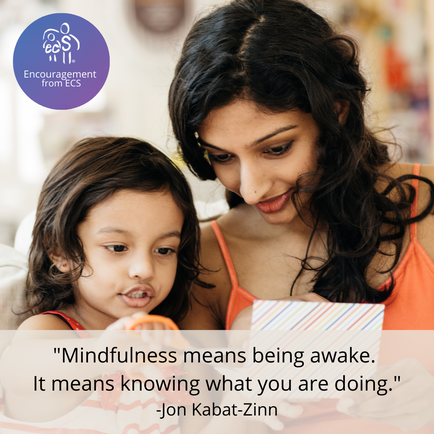 With all these benefits of mindfulness, why not give it a try? Remember, mindfulness is something we develop though practice, not something we're born with. We can all learn to do it, both children and adults. And the good news is, practicing mindfulness only takes a moment! So anytime you have a minute or two, try a mindfulness activity like focusing on your breathing. When you do, you'll be benefitting yourself, your children, and your classroom, too! Again, watch for upcoming blog posts to get lots of ideas and resources about mindfulness, and please share your own mindfulness practices in the comments. I'm wishing you peace and wellness! References
|
AuthorI'm Diane Goyette, a Child Development Specialist, Trainer, Consultant and Keynote Speaker. I'm excited to share my blog! Archives
August 2023
Categories
All
|
|
Ways to Contact Us:
Schedule an Appointment |
|
Follow earlychildhoodspecialties for encouragement, teaching tips and more!
|
Follow eepworm for child-friendly posts!
|
© 2013-2024 Early Childhood Specialties LLC. All rights reserved.

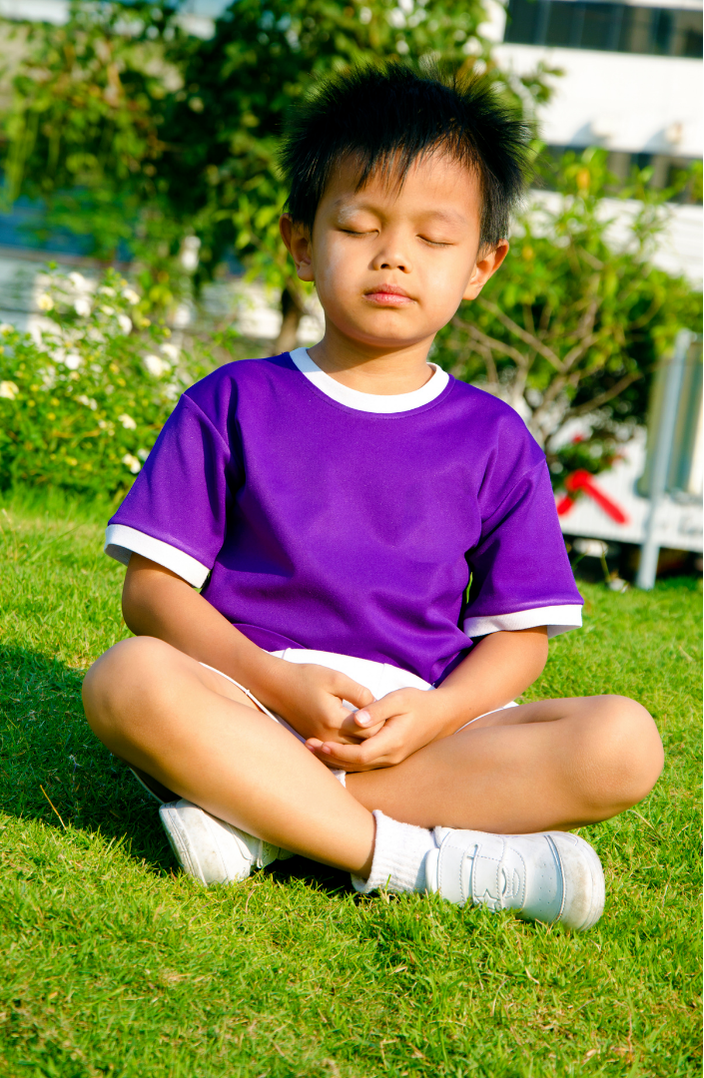
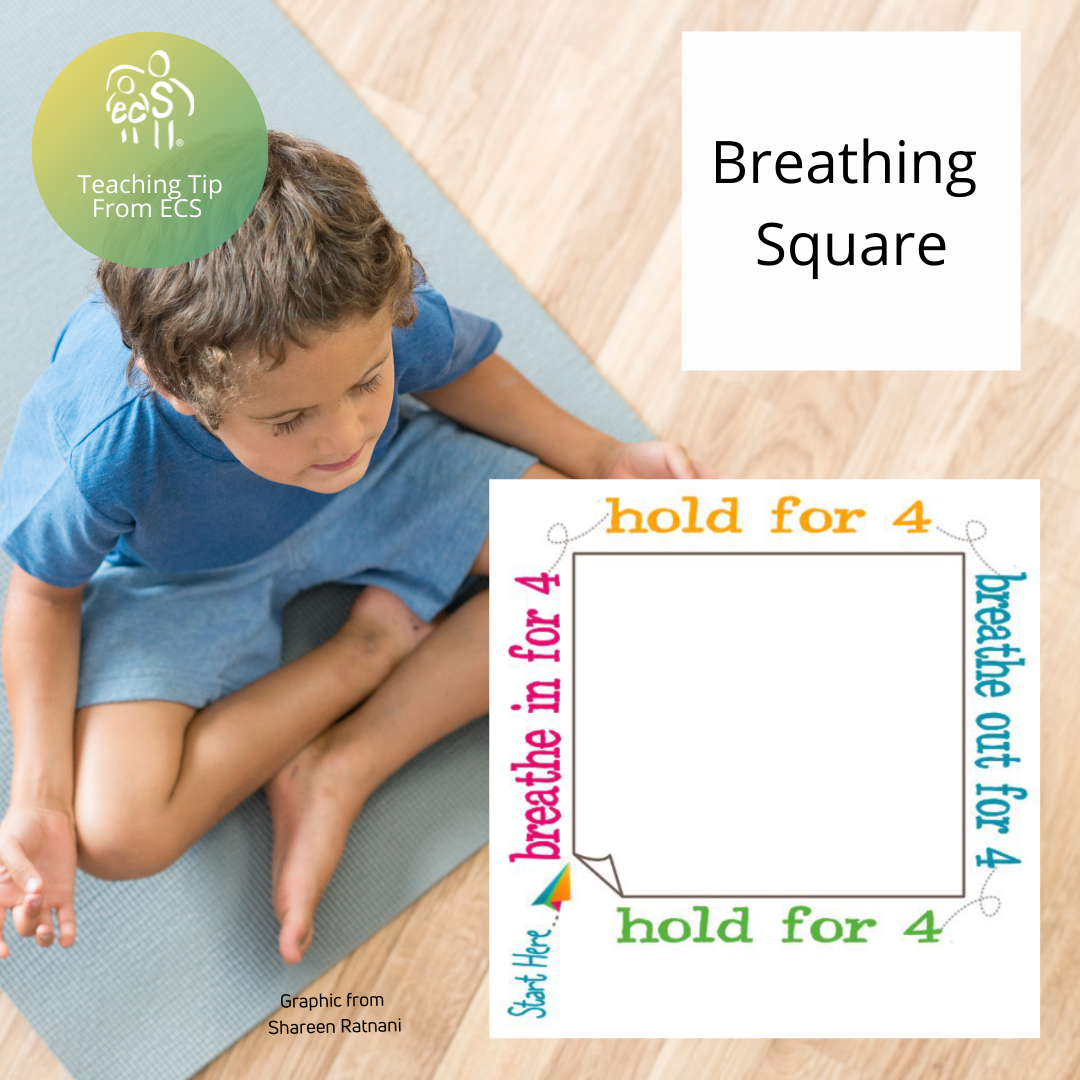
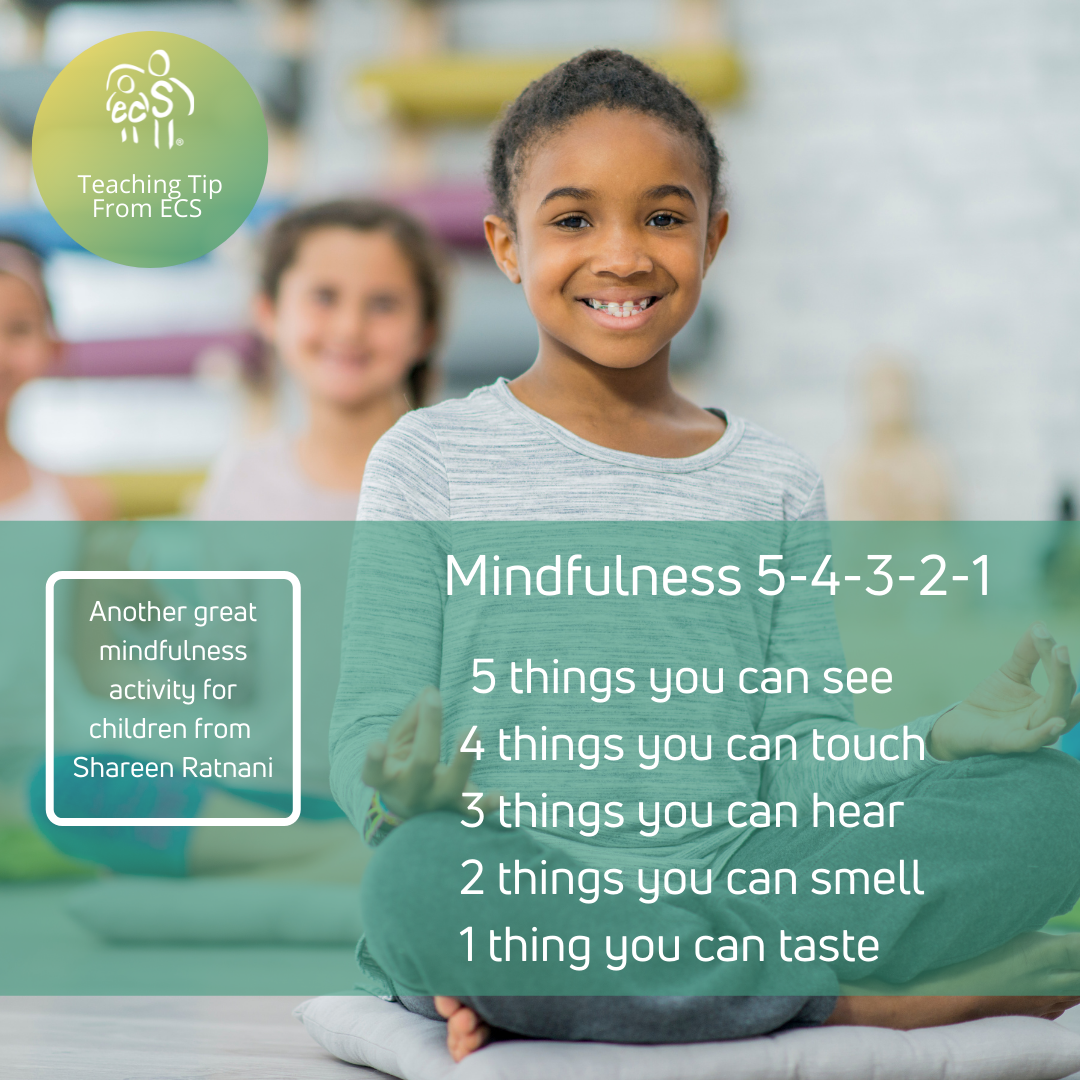
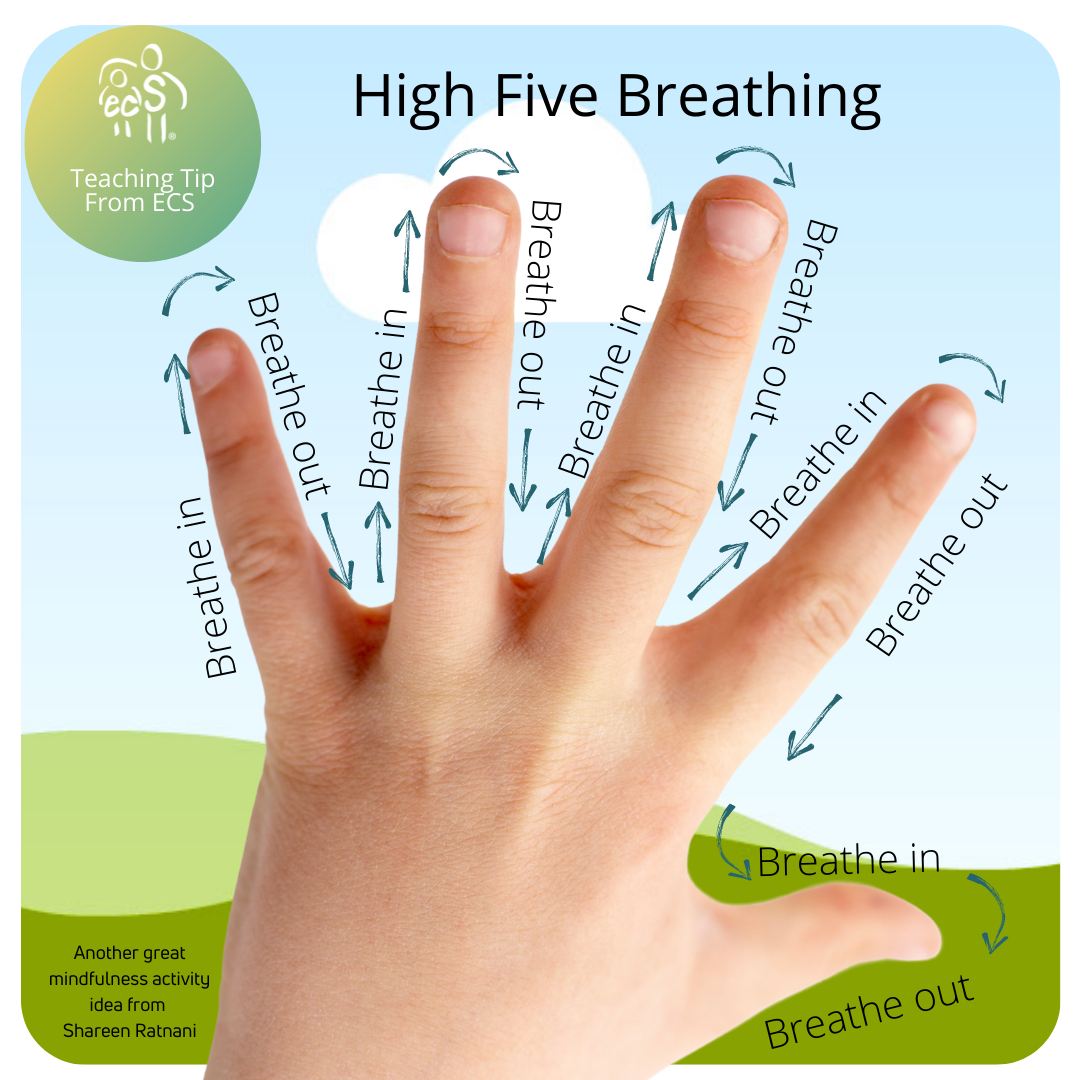
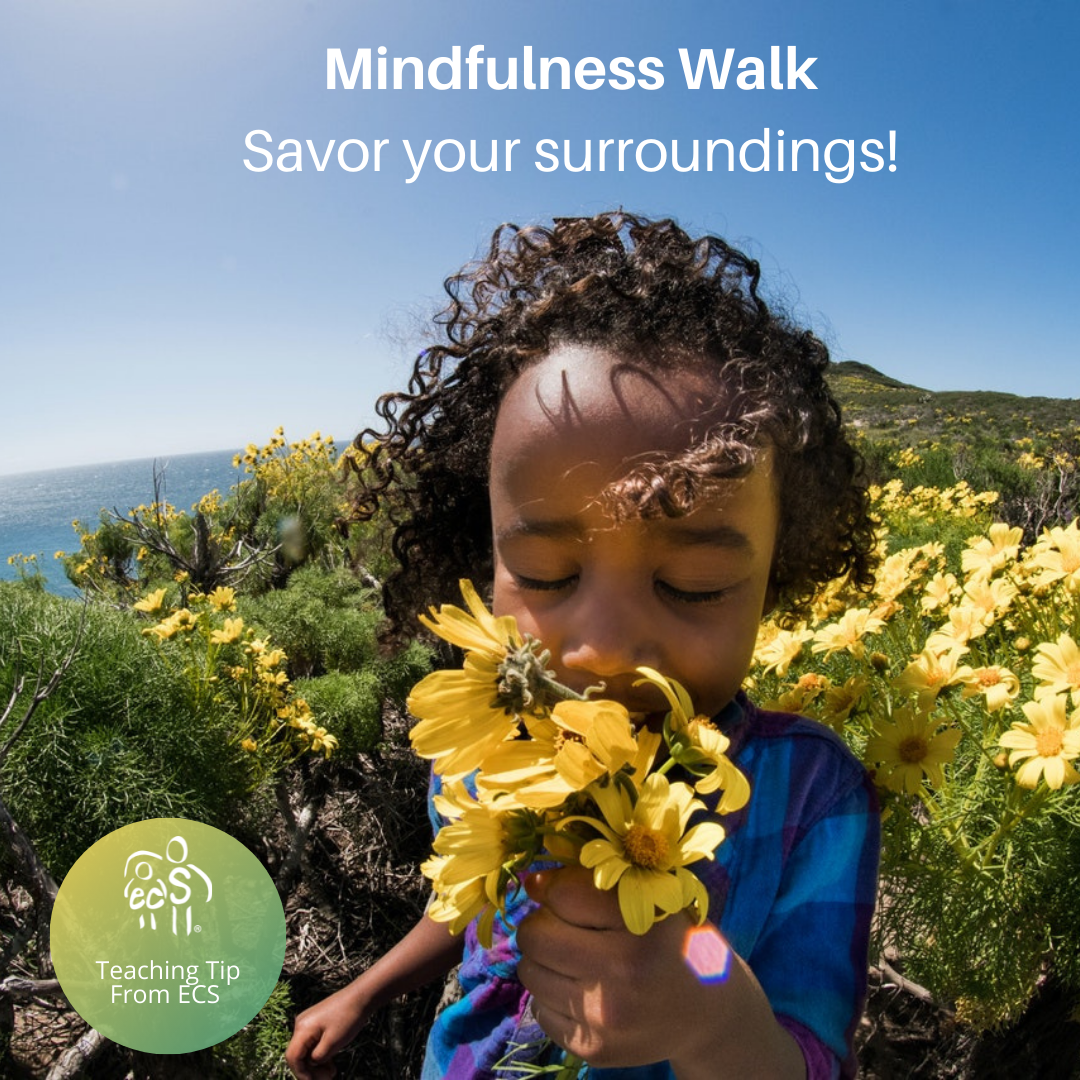

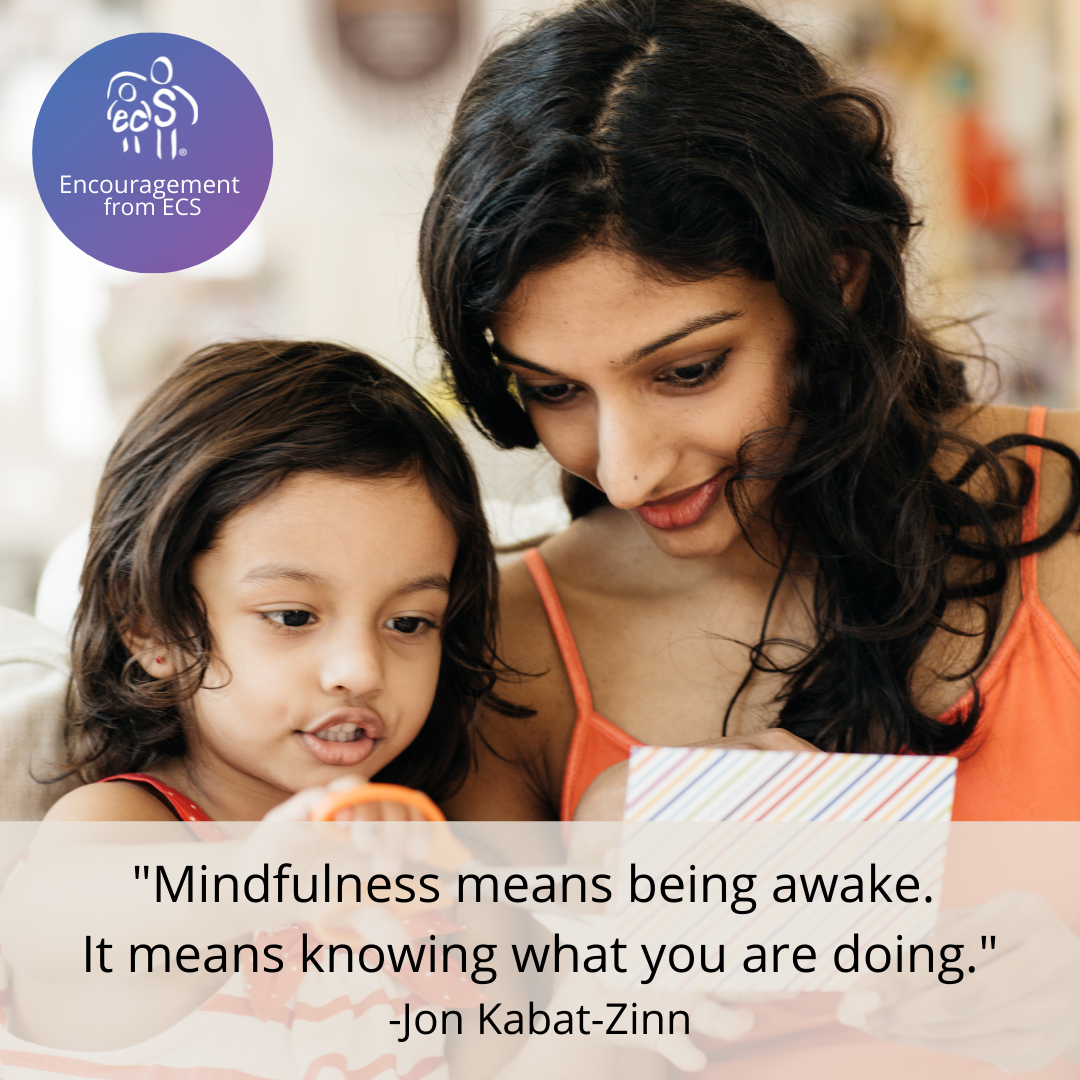
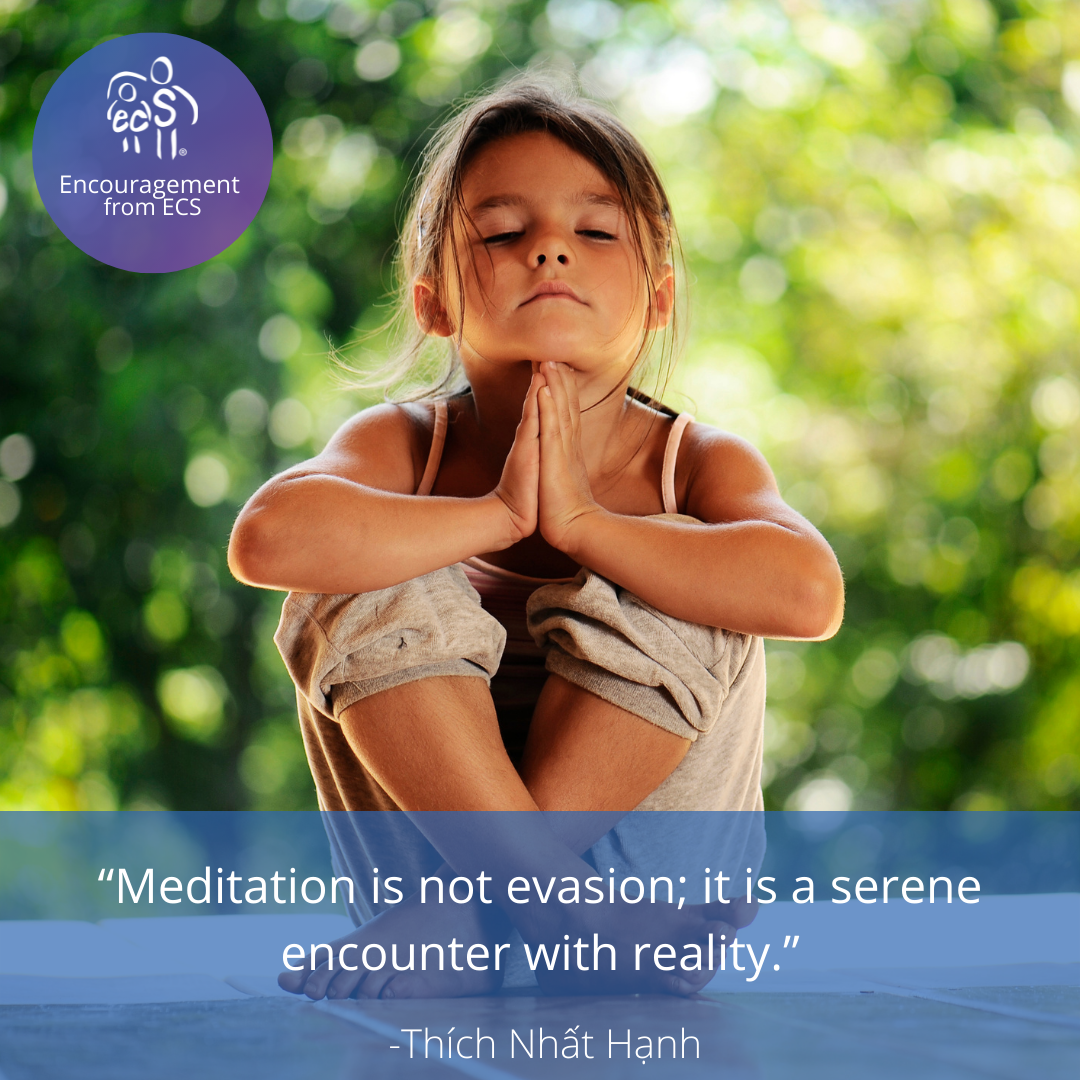

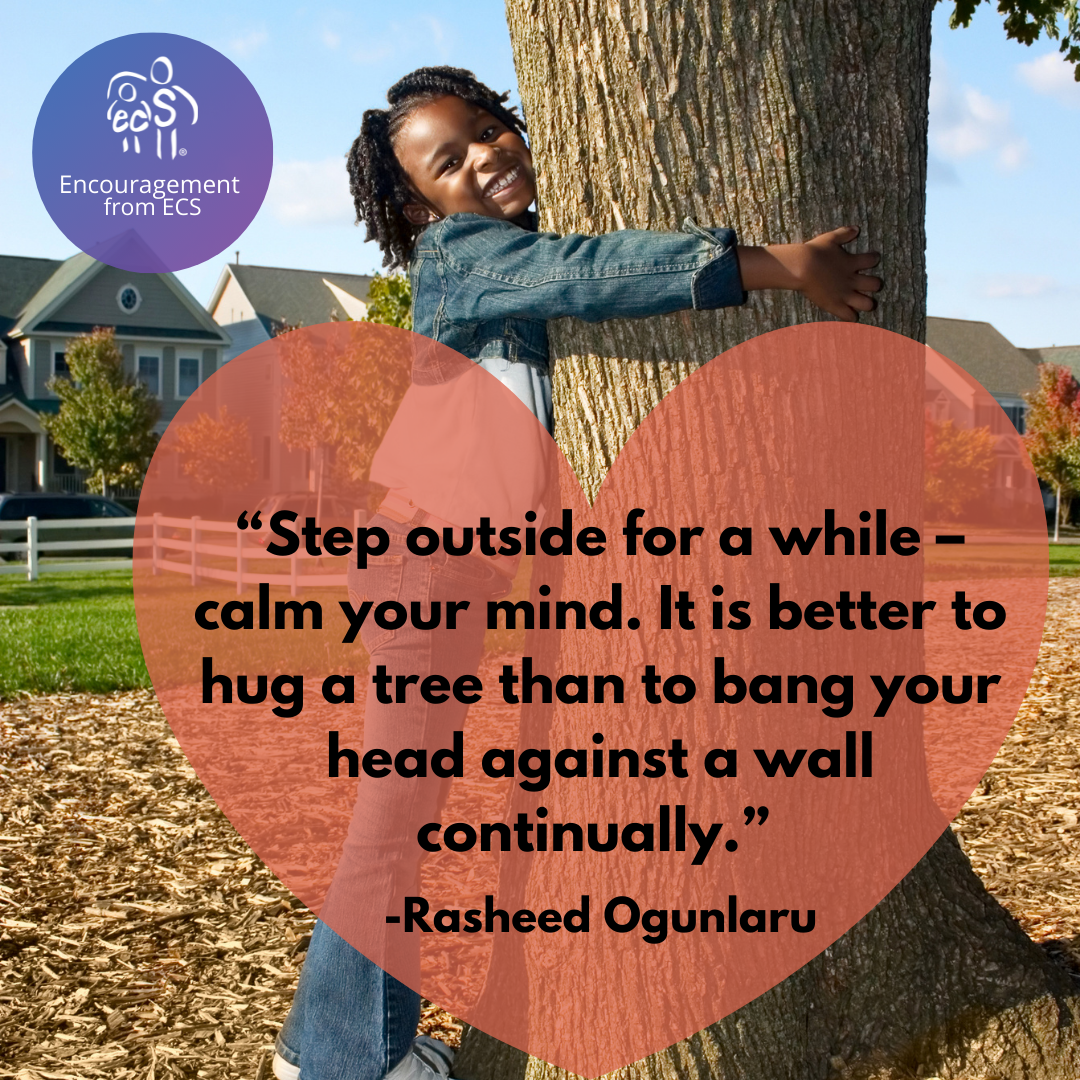
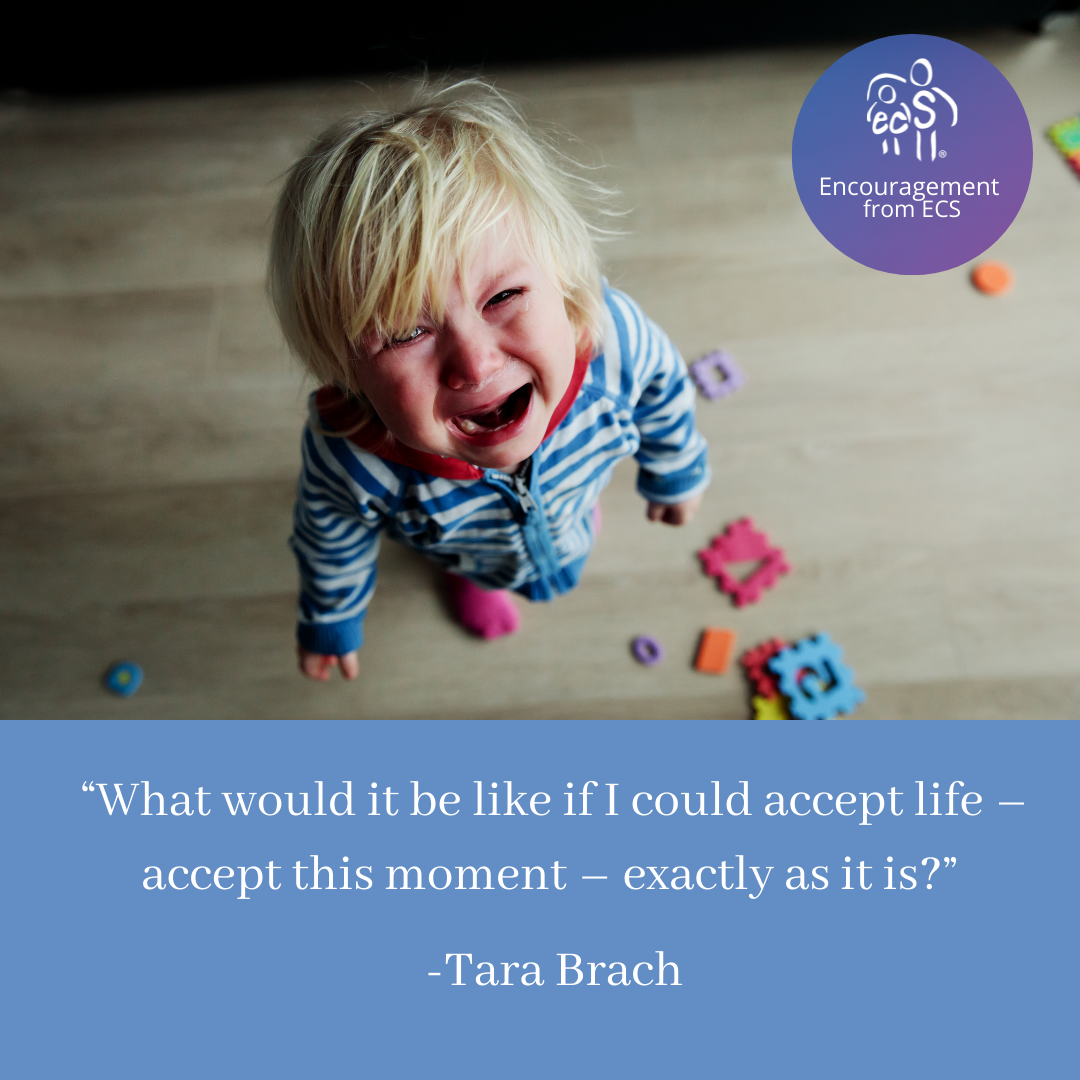
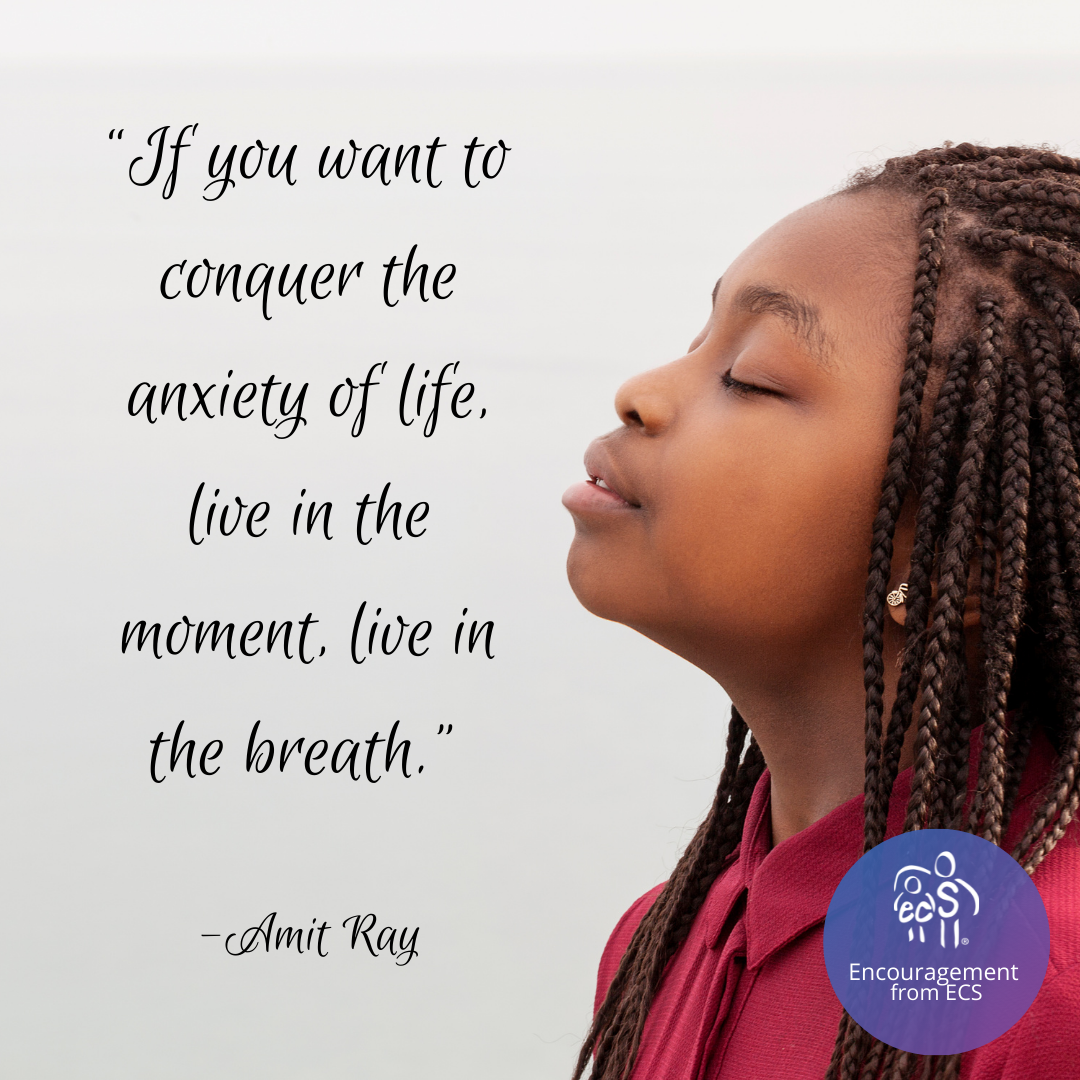

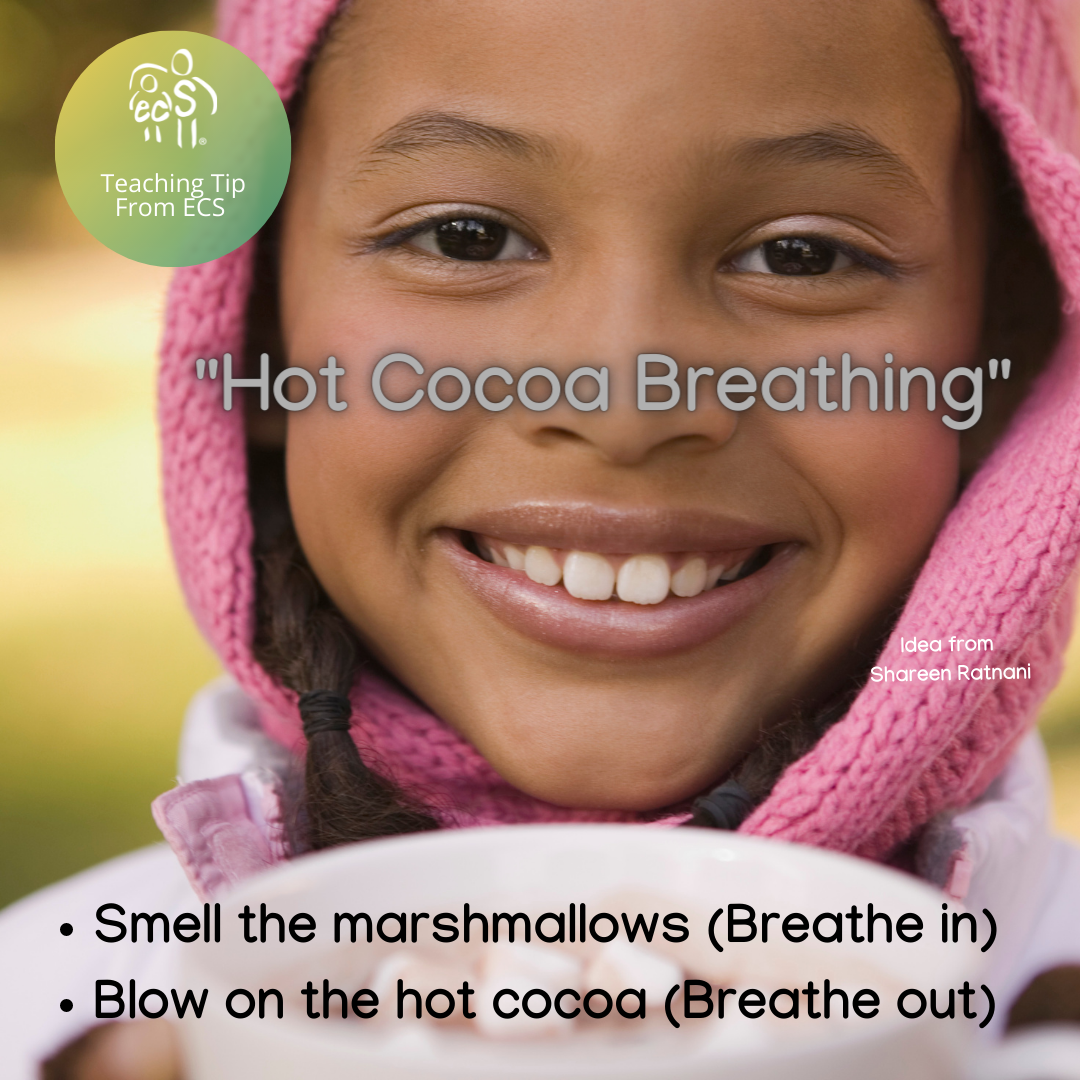
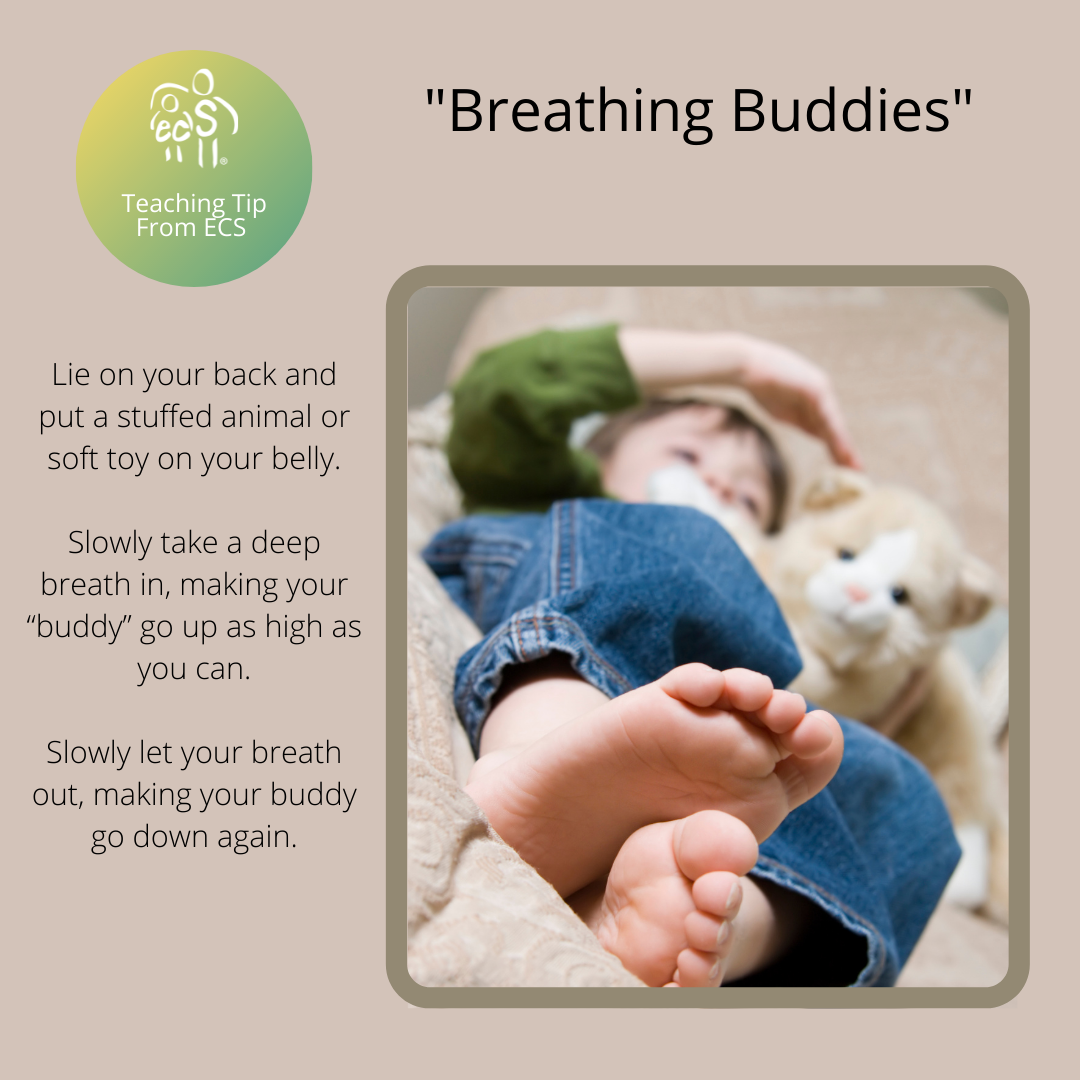
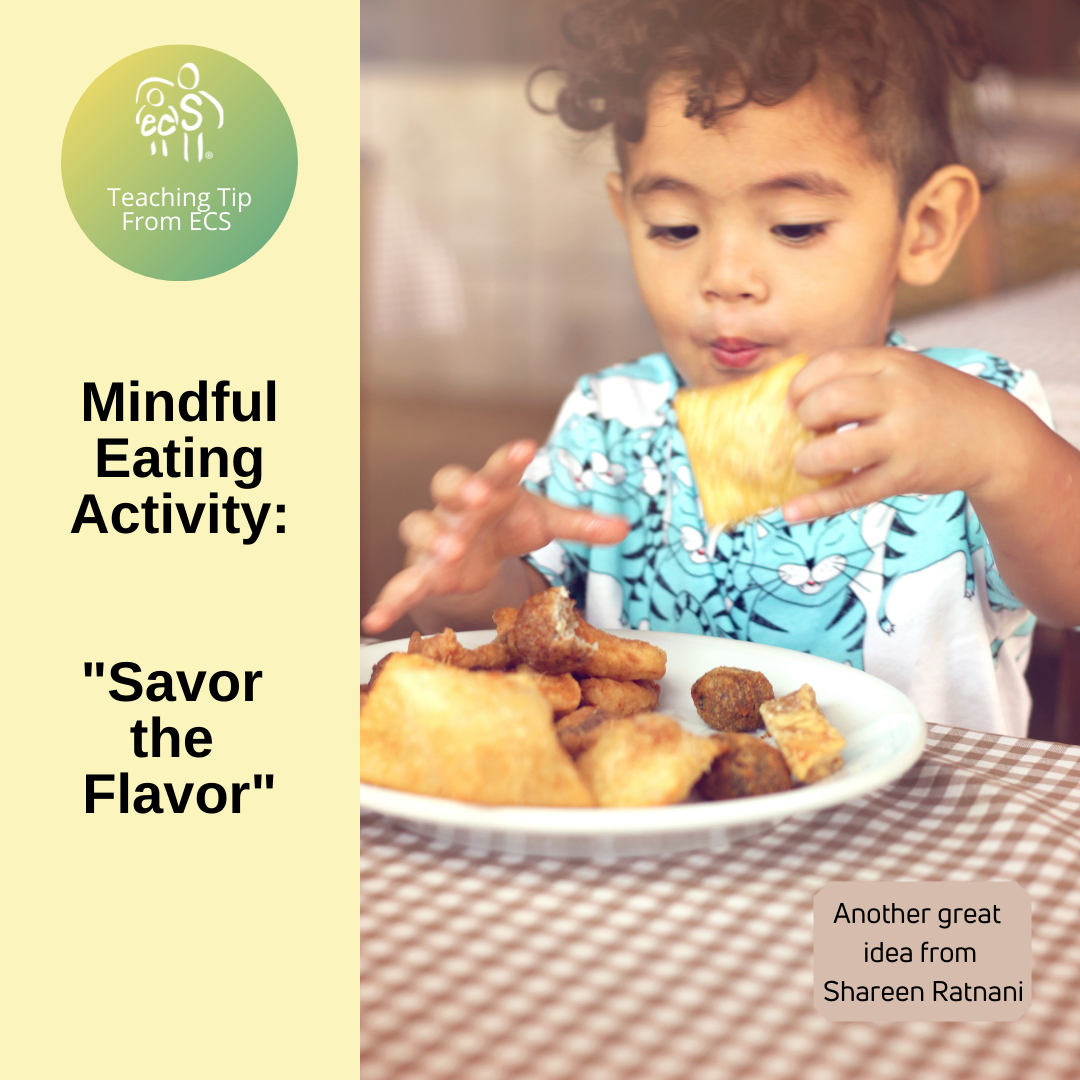
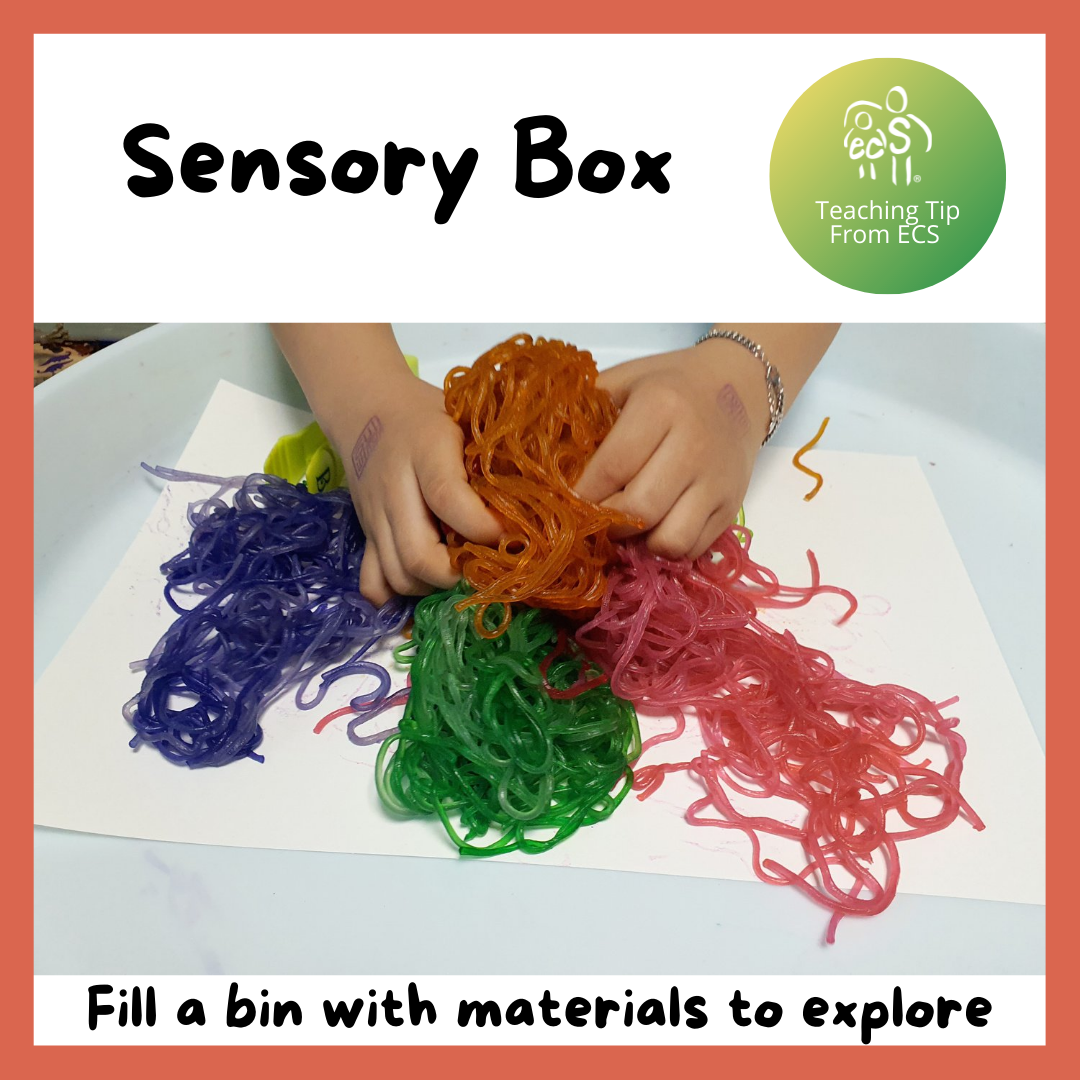
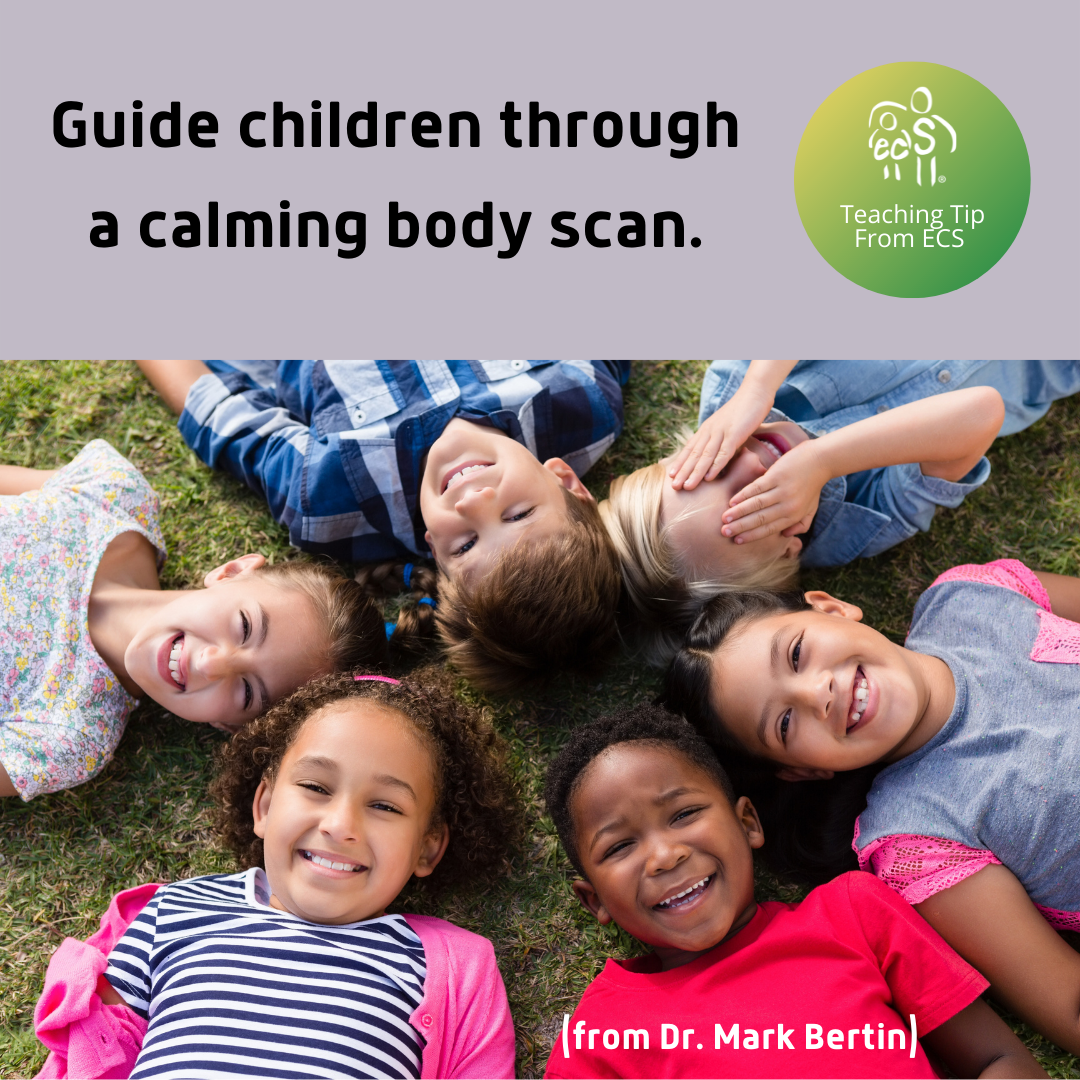
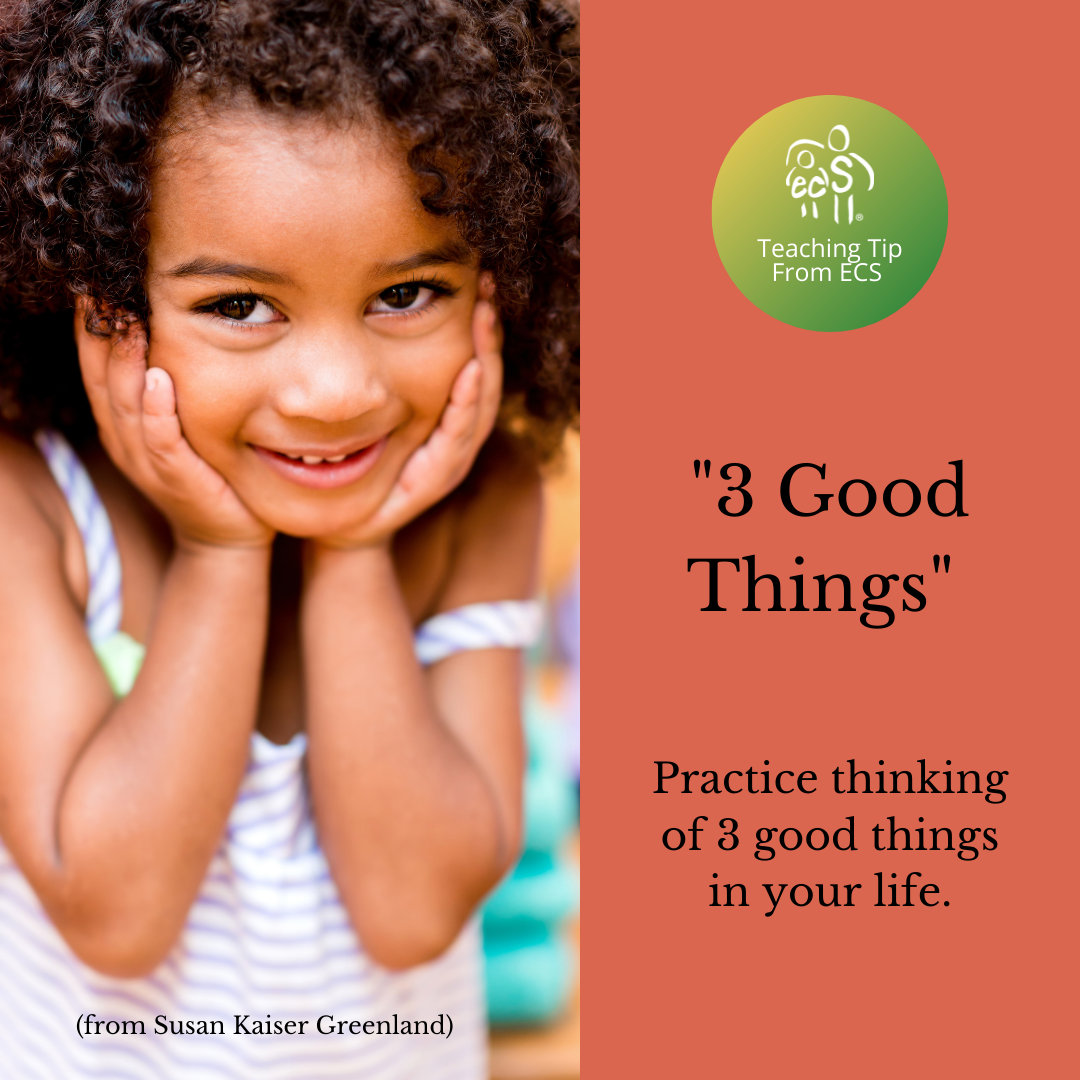
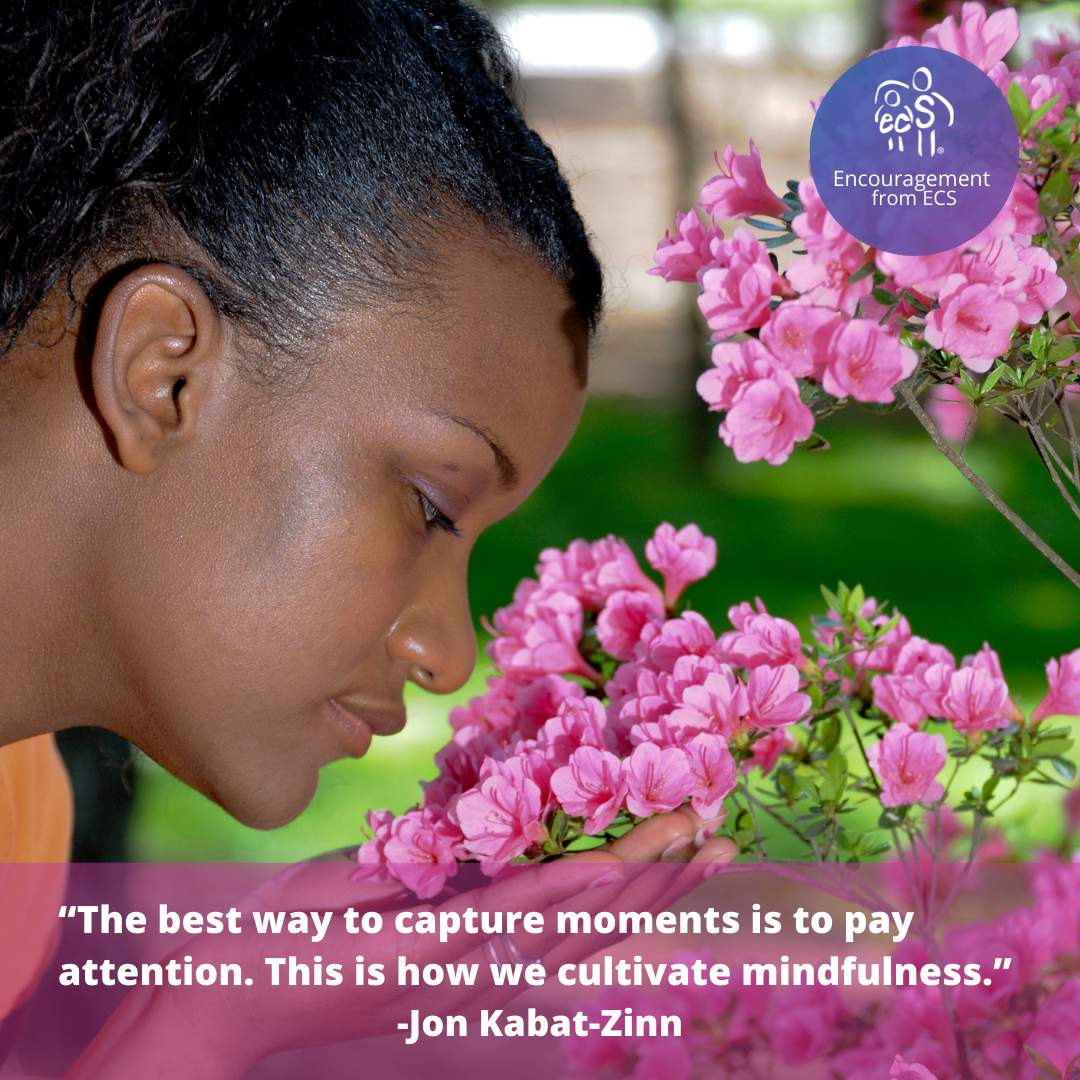
 RSS Feed
RSS Feed